Caribbean
Visit a place where the weather is warm, the ocean is cool, and endless entertainment awaits. A trip to the Caribbean is a vacation dreams are made of.

8 Can’t-Miss Attractions in St. Kitts
Named Liamuiga, or “fertile island" by the resident Arawak people, St. Kitts was a center for sugar cane production for more than 350 years under French and British rule. The Caribbean island is now better known for its powdery white-sand…
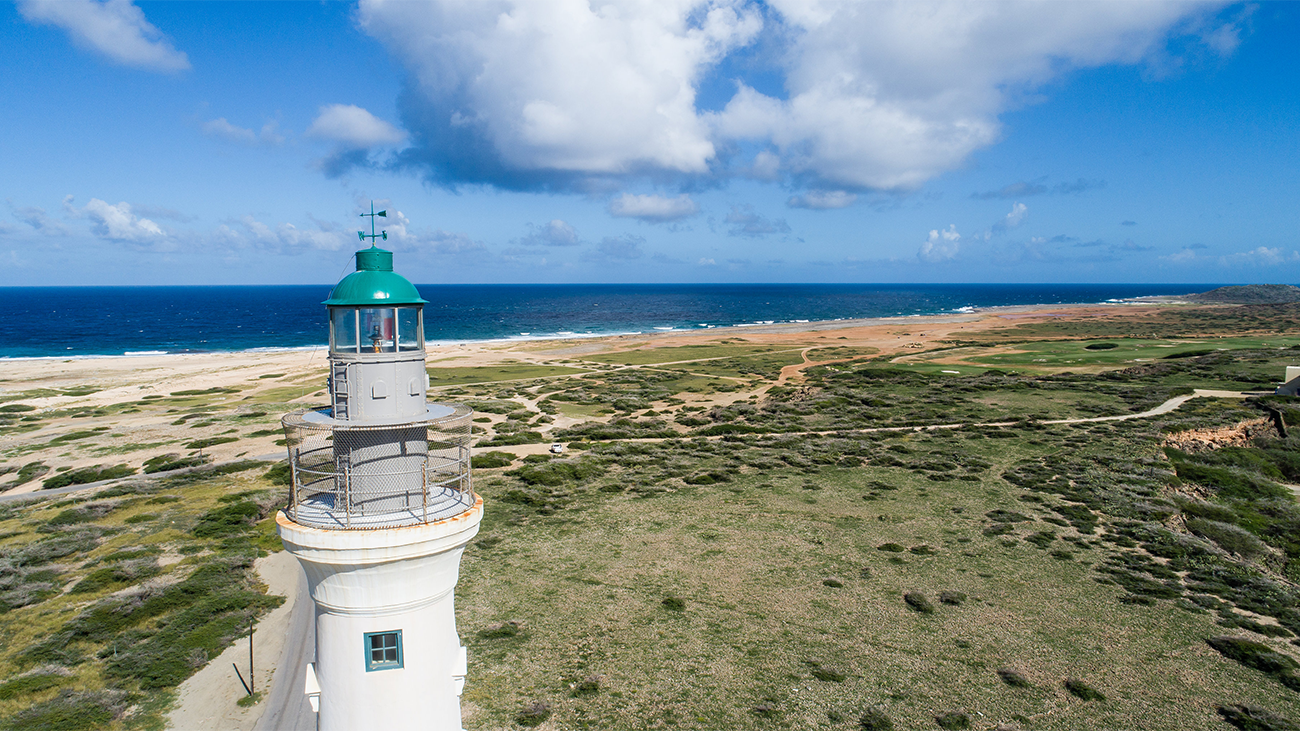
The Best Things to Do in Aruba that Guarantee You’ll Want More
Aruba is known as One Happy Island for good reason. This superlatively sunny Caribbean island offers 40 postcard-worthy beaches and so much more for vacationers. Here's a look at Aruba's top attractions, from white-sand strands to stellar snorkeling and beyond….
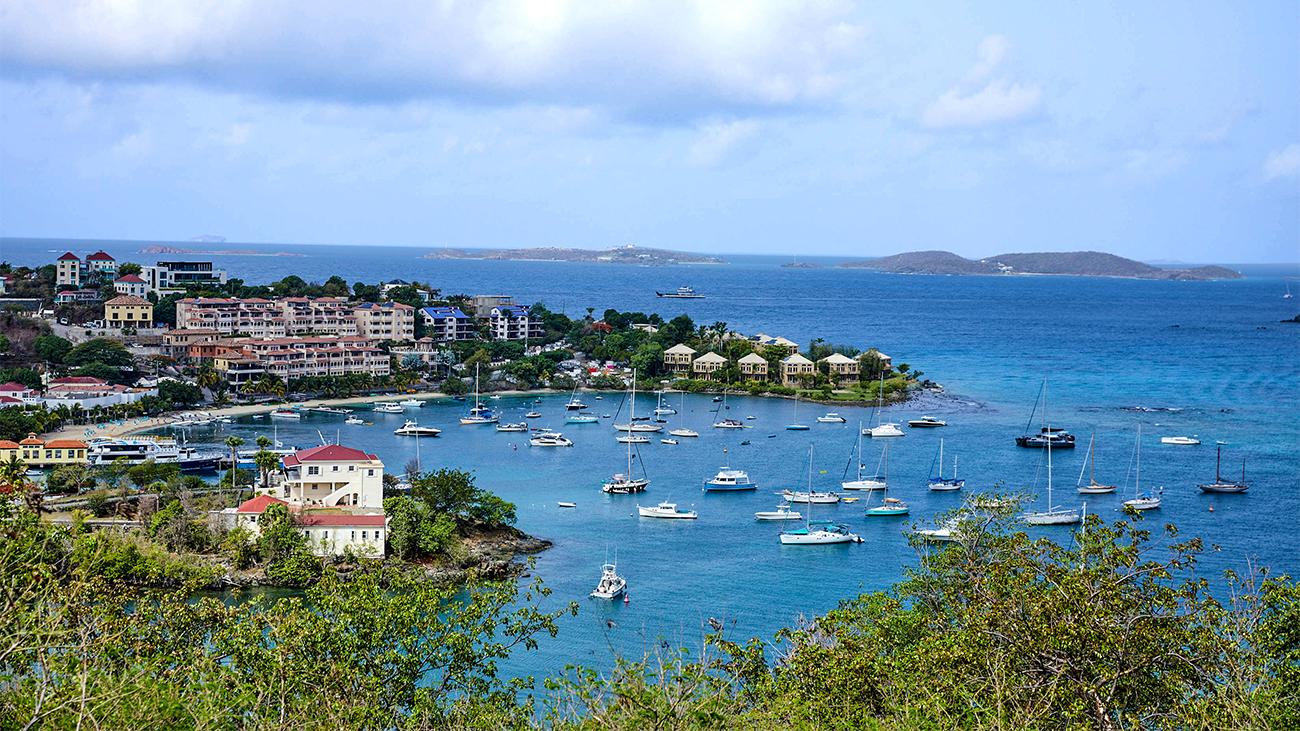
What to Do in St. John: Essential Sand, Sea and Nightlife
Hiking and history are essential activities on St. John, where most of the island is preserved as a national park. Although it's the smallest of the U.S. Virgin Islands, St. John still offers plenty of appealing options for hitting the…
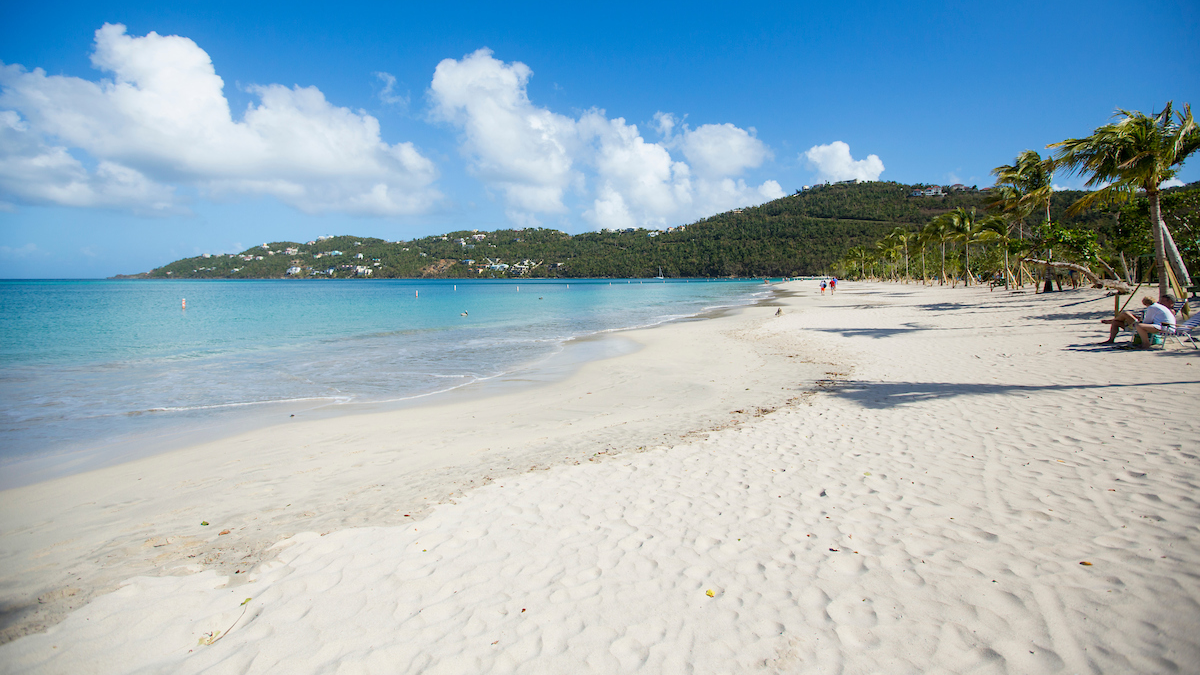
From Sand to Sea, These are the Best Things to Do in St. Thomas
With no passport needed for U.S. citizens to visit its sun-splashed shores, St. Thomas is a perennially popular getaway in the U.S. Virgin Islands. With so many options to relax on the beach or enjoy the crystal-clear, turquoise waters, it's…
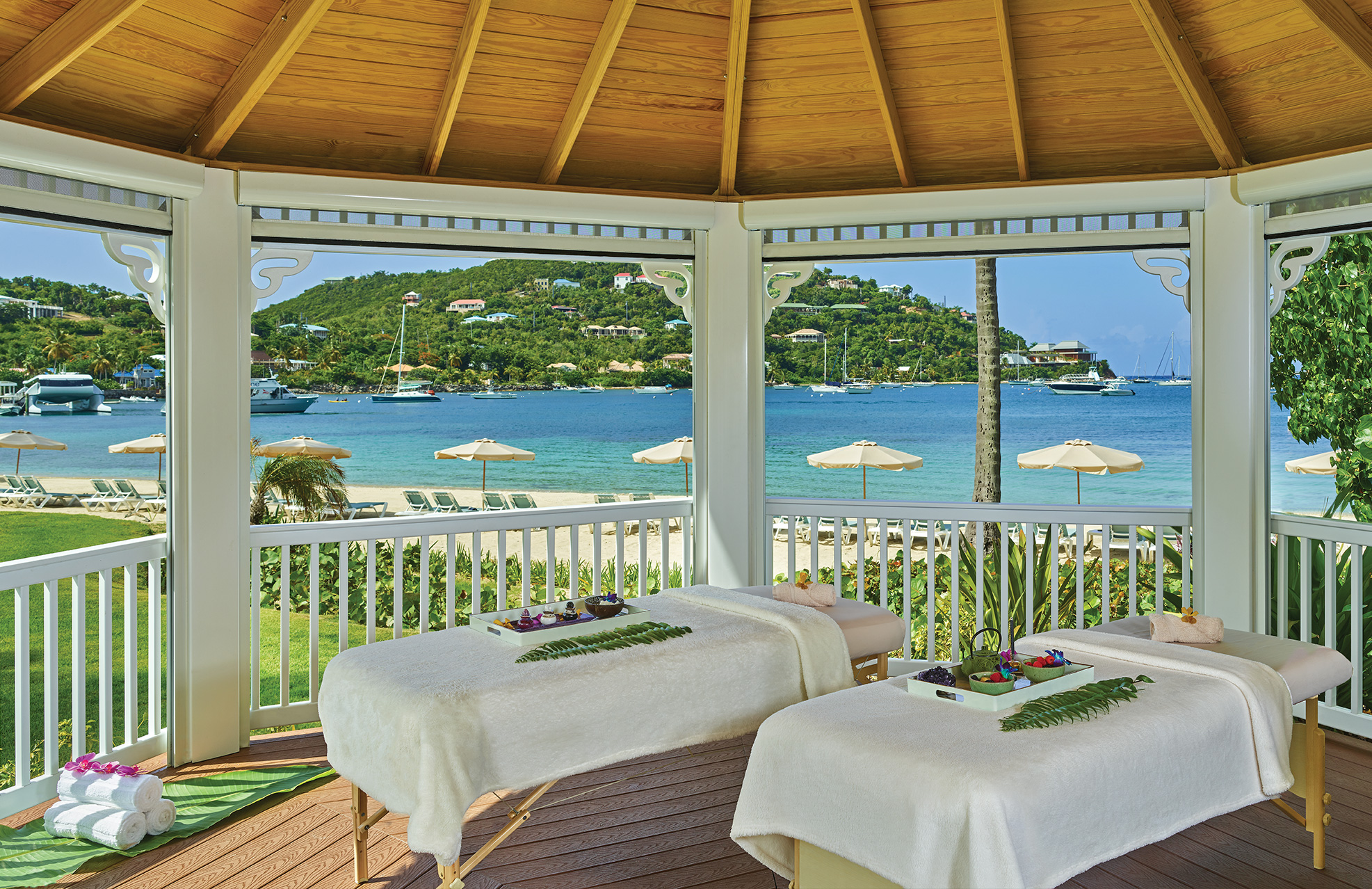
Ready, Set, Relax! The Ultimate Spa Vacations Around The World
The best spa resorts pamper you with beautiful surroundings so you can soak in the scenery while renewing body and mind. Throw in treatments that bathe all your senses in luxury, and you have the ultimate opportunity to recharge and…
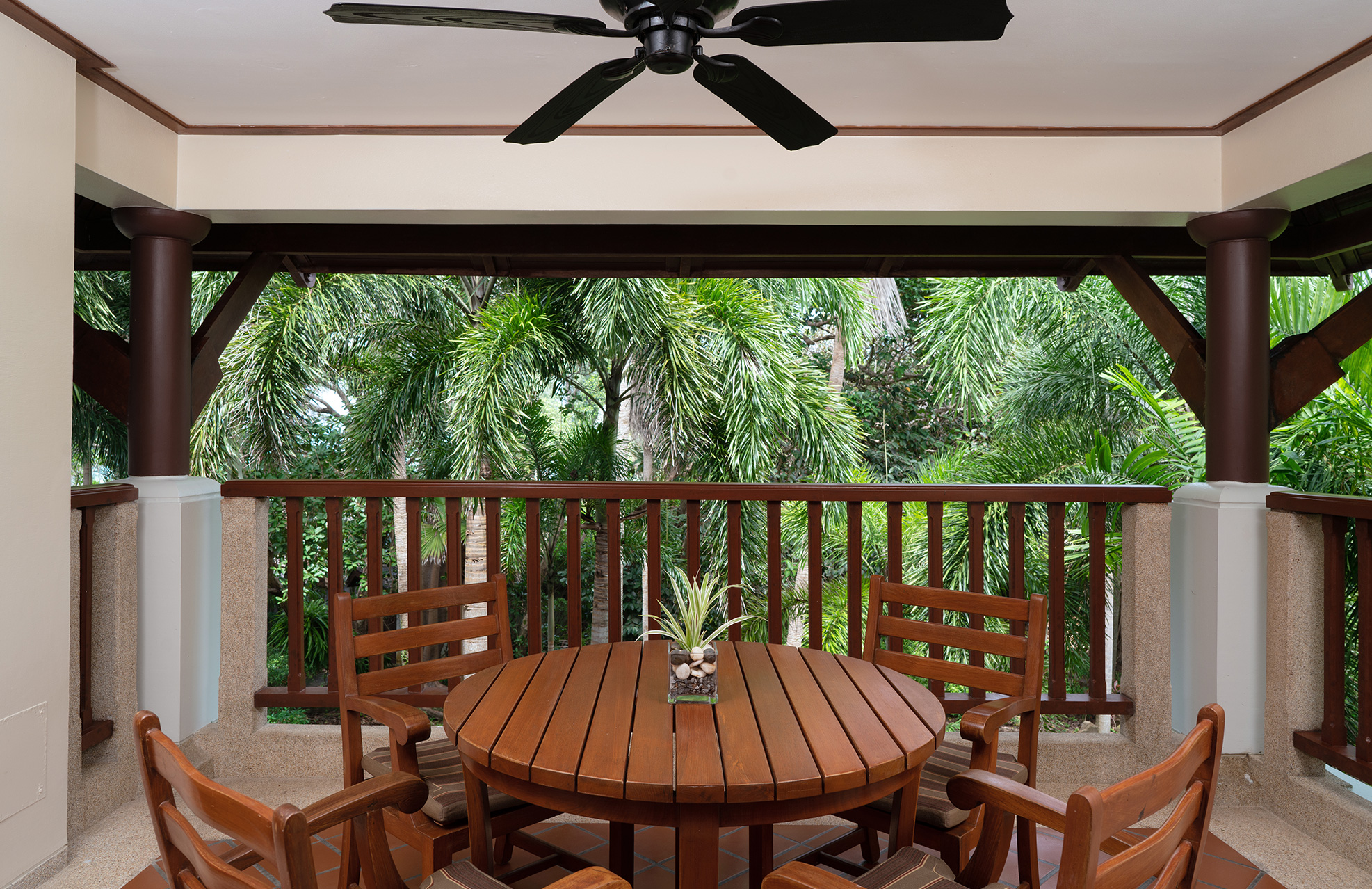
The Best Remote Work Destinations so You Can WFH Anywhere
Office With a View: Working Remotely Remote working doesn’t have to resort to hunching over a desk with a view of a cubicle wall. Instead, you can open your laptop by a window that overlooks the Manhattan skyline, crunch numbers…

Explore With The Dahlem Family
One Family’s Vacation Club Journey An adventure in the Sonoran Desert with the whole family. A romantic Vegas getaway. A quiet snowbird holiday in the Florida Panhandle. For Mike and Lauri Dahlem, these aren’t just once-in-a-lifetime experiences or pipe dreams….
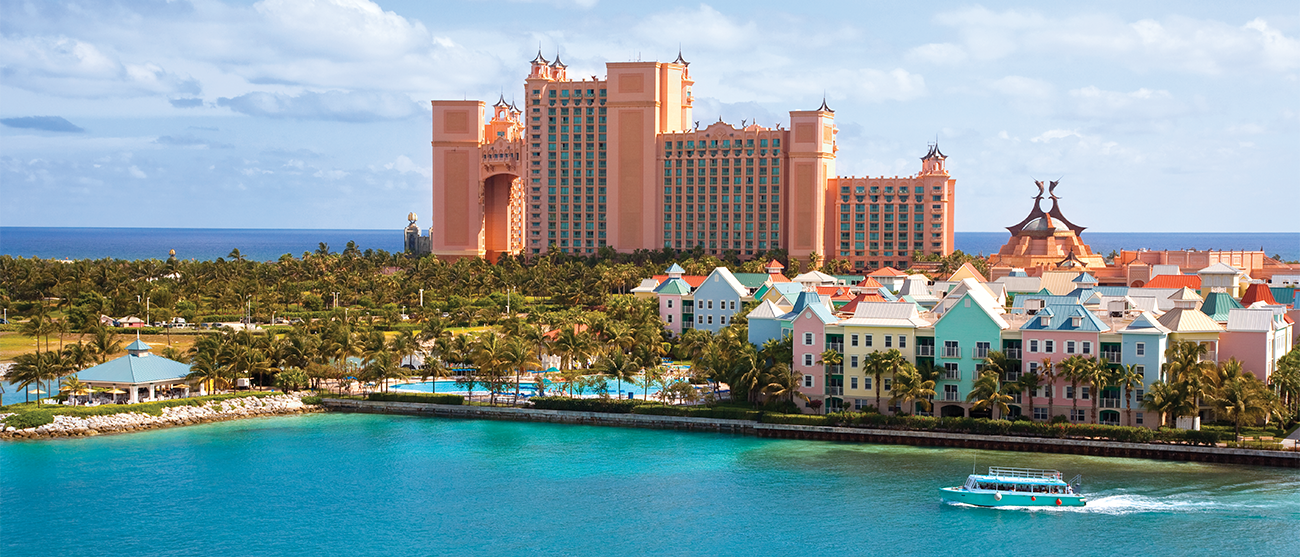
Historic Sites, Fun Beaches & Fine Dining: Things to Do in The Bahamas
Here’s our short list on finding some of the Bahamas’ best dining, entertainment, adventures and accommodations. See Fort Charlotte History buffs will love visiting this well-preserved fort — the largest one on the island of New Providence. Spanning 100 acres,…

A Guide to Staying Healthy While On Vacation
Westin® hotels & resorts make it easy to feel your very best. For more vacationers than ever, making healthy choices is not a passing trend; it's an ongoing lifestyle. If you're passionate about priming your body and mind for optimal…


